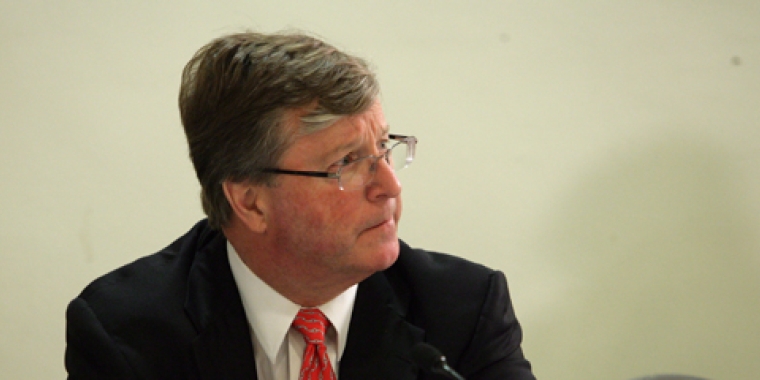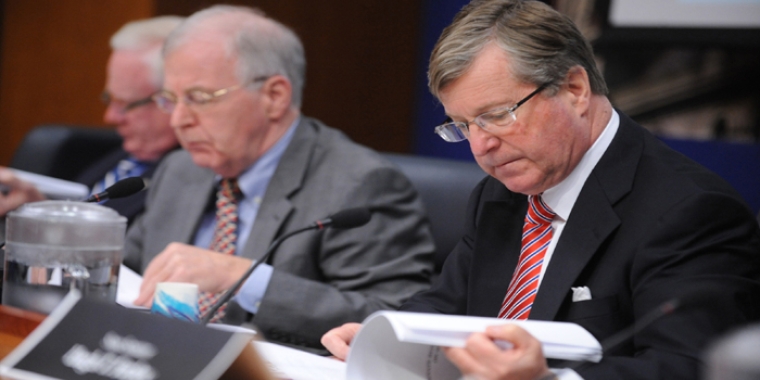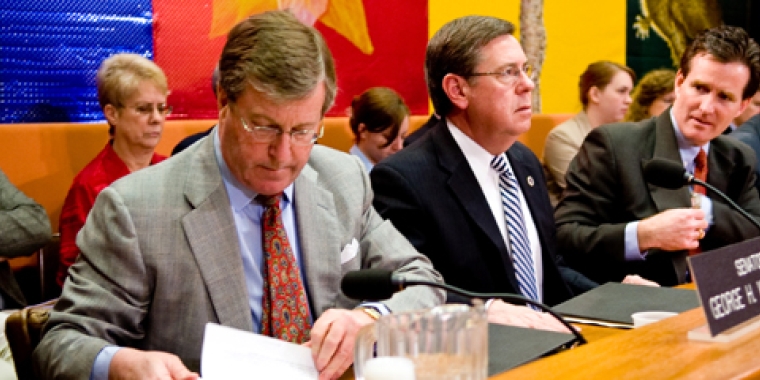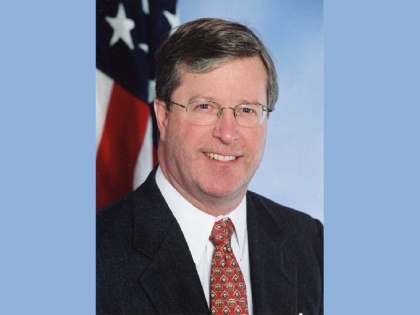
Closing The Digital Divide
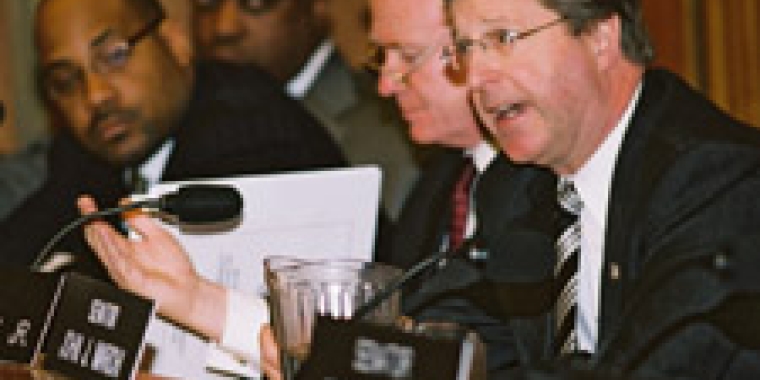
The chief executive officer of the Microsoft Corporation, Steve Ballmer, once said, "The number one benefit of information technology is that it empowers people to do what they want to do. It lets people be creative. It lets people be productive. It lets people learn things they didn't think they could learn before, and so in a sense it is all about potential."
Creativity. Productivity. Learning. They’re all key ingredients in any recipe that we hope to cook up for the the future of upstate New York. It’s little wonder, then, that the importance -- and the potential -- of information technology is now moving itself onto the front burner of New York government.
One of the most prominent of these evolving technology issues is the so-called "digital divide," or the gap that exists between those who have access to high-quality, affordable information technology, and those who don’t. The information-haves, and the information have-nots. It’s a divide cutting across state, national and global boundaries. Some of the key questions that get asked are: Do citizens have ready access to computers? Do they have an Internet connection at home? What speed is it? Is it consistently reliable? Do they know how to use it effectively and meaningfully?
The digital divide is wide in New York, particularly upstate where closing it, in my opinion, is directly related to sustained economic strength and educational quality. I continue to chair the Legislative Commission on Rural Resources (LCRR), a joint, bipartisan group of legislators dedicated to addressing the short- and long-term challenges facing our rural regions. We estimate that at least 750,000 rural New Yorkers do not have high-speed, or broadband, Internet access through either cable modem, DSL, fiber, or wireless service. But we also recognize that the digital divide is not solely a rural phenemon. Many suburban and urban households also remain without such broadband Internet access.
Throughout 2006 the LCRR, together with nationally recognized rural affairs leaders from Cornell University, held a series of listening sessions in rural communities statewide. In meeting after meeting, the following priority was expressed: expand the broadband telecommunications infrastructure. In other words, bring us high-speed Internet. It’s critical to our full participation in today’s economy and society. They’re right.
So last year, we advanced a new law that directed several state agencies to examine strategies for expanding high-speed Internet access to rural and other underserved areas. This report from the Empire State Development Corporation is expected to offer a broad set of recommended actions, as well as help guide a "Universal Broadband Access" program that we're beginning to put in place in the recently approved 2007-08 state budget. This year's budget includes $5 million to begin what promises to become a widespread and comprehensive effort to expand high-speed Internet service to underserved rural areas.
In other words, we’re beginning to put in place the foundation for bringing the excitement and prosperity of a high-tech future to rural New York. Rural communities must find a niche in the continued emergence of New York State's high technology industry. We have to focus on building the necessary infrastructure and work force to cement rural New York's place in that future.
It’s a necessary and logical first step. But are there some actions that we can take, immediately, to encourage expansion? I think so.
Bringing broadband Internet service to new customers, especially in low-population areas, is a costly proposition for providers. Targeted tax incentives could encourage some broadband providers to immediately begin expanding their service areas. For example, I’m currently sponsoring legislation to establish a broadband tax credit equal to 10 percent of the qualified expenditures incurred for providing current generation broadband services to at least 10 percent of the subscribers in a rural or other underserved area, and a 20-percent tax credit for the provision of next generation broadband.
A bipartisan, widespread commitment throughout New York government to make high-speed Internet accessible and affordable for every community is the key to a long-term, sustained effort. But we also need to begin, right now, to try to spark an expansion wherever we can.
Bill Gates says that we’re "changing the world with technology." Our constant challenge is to ensure that it’s change for the better, and equally for everyone.
